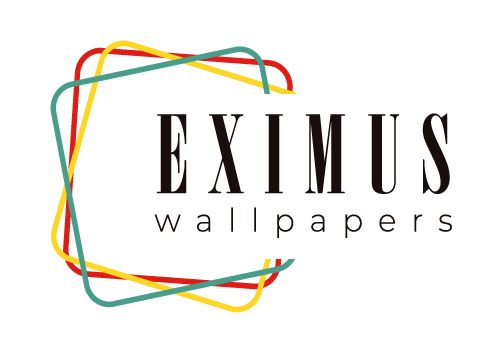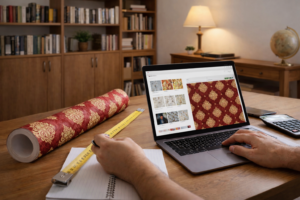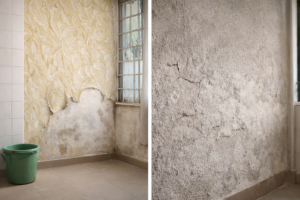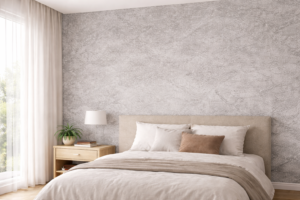Wallpaper has been used for centuries to beautify and enhance the look of homes, offices, and public spaces. With advances in technology and manufacturing, wallpaper has become more accessible, durable, and customizable than ever before. In this blog, we’ll take a closer look at the process of wallpaper manufacturing, the types of wallpaper available, and how Eximus, the first wallpaper manufacturer in India to use rotogravure printing, is revolutionizing the industry.
Wallpaper is a popular home decor choice for many people. It can add a touch of personality and style to any room, and it’s available in a wide range of patterns, colors, and textures. But have you ever wondered how wallpaper is made? Let’s explore the process of wallpaper manufacturing.
Designing the Wallpaper
Wallpaper design is a crucial aspect of the manufacturing process. It involves creating the pattern or image that will be printed onto the wallpaper. Designers can use a variety of tools and techniques, including traditional hand-drawing, digital drawing and painting software, and even photography. Some designers also incorporate textures and materials like wood, stone, or fabric into their designs for added realism.
Preparing the Wallpaper Substrate
Once the design is finalized, the wallpaper substrate must be prepared. The substrate is the material onto which the design will be printed. As previously mentioned, the most common substrates for wallpaper manufacturing are paper, vinyl, and non-woven fabric. However, there are also other materials that can be used, such as grasscloth, silk, and even metal.
Paper is the most traditional substrate and is still widely used. However, it’s not the most durable option, and it can easily tear or fade. Vinyl wallpaper is more durable and can resist water and stains, making it ideal for high-moisture areas like bathrooms and kitchens. Non-woven fabric is also becoming increasingly popular as a substrate because it’s environmentally friendly and easy to hang.
Printing the Wallpaper
The printing process for wallpaper varies depending on the manufacturer and the substrate being used. The most common method is rotary screen printing, which involves passing the substrate through a series of screens, each of which applies a different color or layer to the wallpaper. Some manufacturers also use digital printing, which allows for more detailed and intricate designs.
In addition to printing, some manufacturers also incorporate additional techniques like embossing, flocking, or foiling to create different textures and effects on the wallpaper surface.
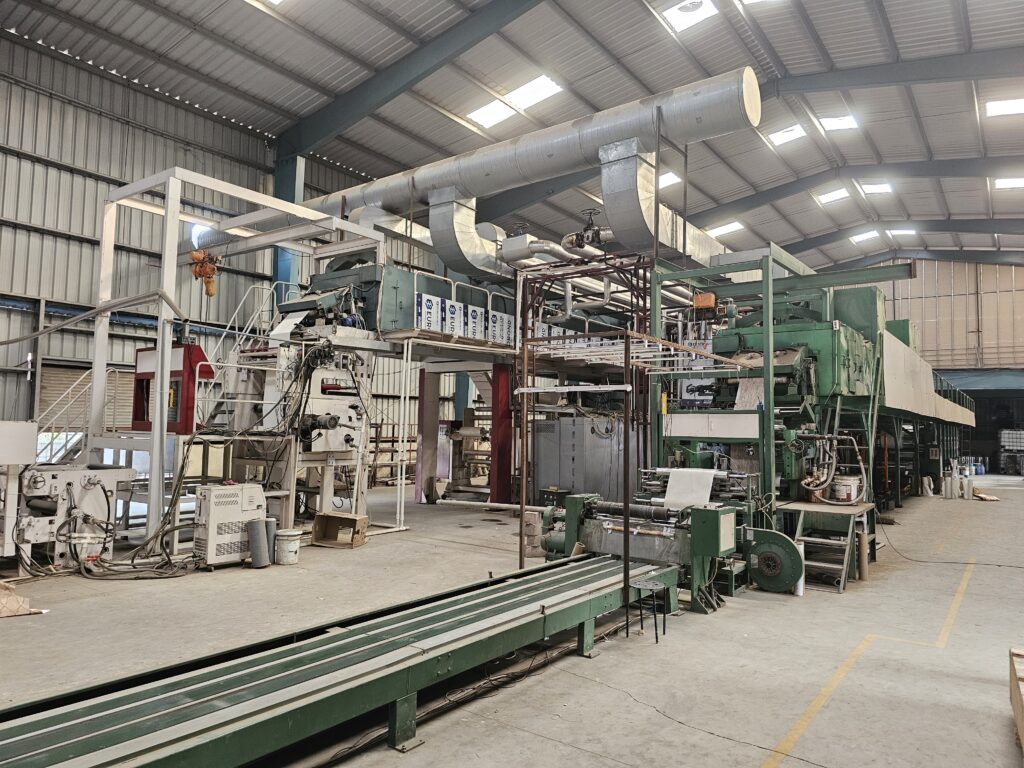

Use wallpaper to create a brand identity. If you run a business, using wallpaper in your workspace can be a great way to create a brand identity. You can use wallpaper in your brand's colors or choose a wallpaper that features your logo or brand message. This can help create a more cohesive and professional workspace that reflects your brand's personality and values. Eximus Wallpaper offers custom wallpaper design services, so you can create a wallpaper that is uniquely tailored to your business.
Applying the Finish
After the wallpaper has been printed and any additional techniques applied, a finish is typically added to protect the wallpaper and enhance its appearance. The finish can be a simple matte or glossy coating, or it can add a textured surface. Some finishes also offer additional properties, such as being fire-resistant or having antimicrobial properties to prevent the growth of mold or bacteria.
Packaging and Shipping
Once the wallpaper has been printed and finished, it’s ready to be packaged and shipped. Manufacturers typically roll the wallpaper onto large bolts, which are then cut down to individual rolls for sale. The wallpaper is usually packaged in protective sleeves or boxes to prevent damage during shipping.
Rotogravure Printing and Eximus Wallpaper
One particular printing technique that’s worth highlighting is rotogravure printing. This process involves engraving the design onto a cylinder, which is then coated in ink and rolled onto the wallpaper substrate. Rotogravure printing produces very high-quality prints and is particularly suited to intricate designs and fine details.
Eximus Wallpaper is one manufacturer that has embraced the rotogravure printing technique. As the first wallpaper manufacturer in India to use this technology, Eximus is at the forefront of the industry. Their rotogravure printing process produces wallpaper with stunning colors and sharp details that are sure to impress. By utilizing this technology, Eximus is leading the way in revolutionizing the wallpaper industry and creating truly exceptional products.
As you can see, wallpaper manufacturing is a complex and fascinating process that involves many different steps and techniques. Eximus is the first wallpaper manufacturer in India to utilize the rotogravure printing process, which allows for a high level of precision and detail in the final product. With their innovative approach and commitment to quality, Eximus is set to revolutionize the wallpaper industry in India and beyond. The next time you admire the wallpaper on your walls, take a moment to appreciate the skill and expertise that goes into creating this beautiful and functional home decor.

